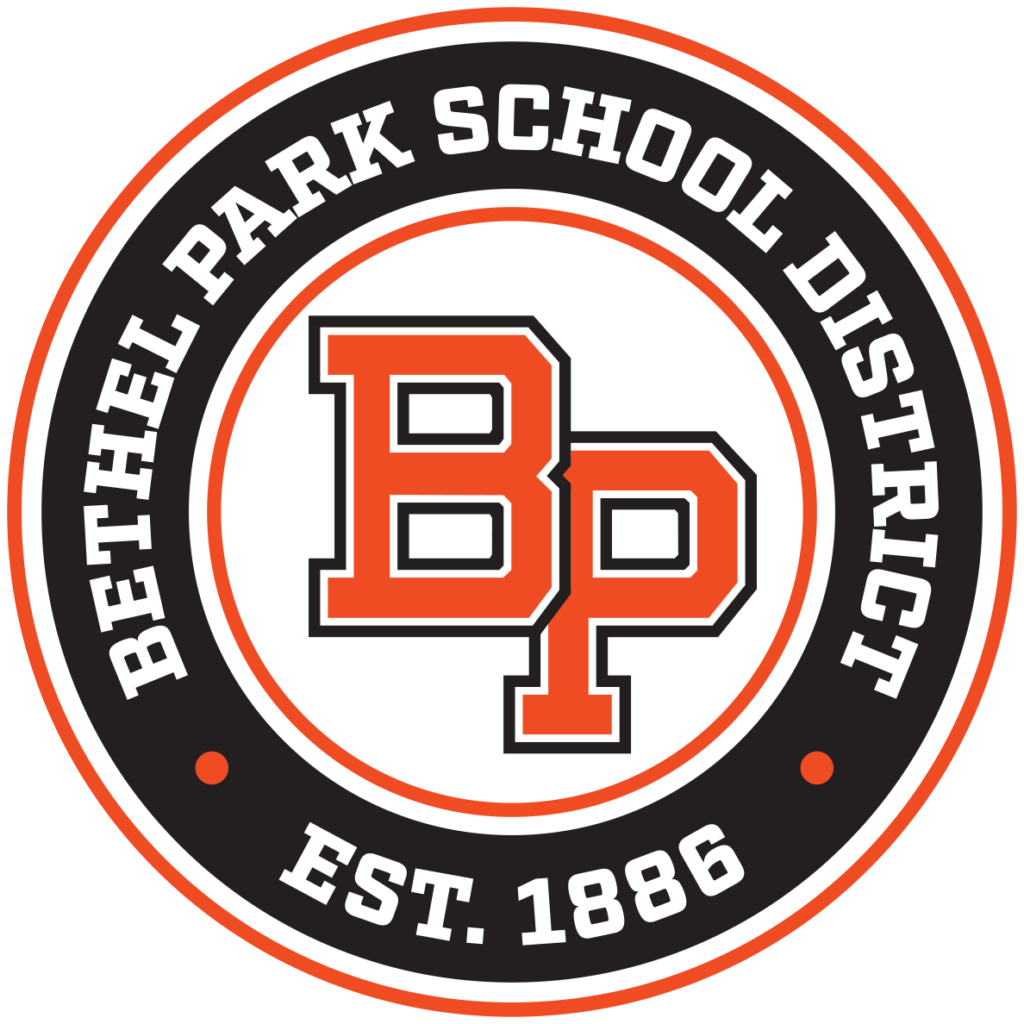Frequently Asked Questions
When did the board vote on the new school and why wasn’t I made aware of this project?
- This project has been in discussion since the fall of 2020. We have had several public meetings about them. You can
see our meeting schedule and watch past meetings on our website.
Why is the new school being built?
Our goal as a district is to best-equip our students in the practices of 21st Century Learning. Based on the study of our facilities,
there were five major concerns:
- The age of the buildings.
- Declining enrollment.
- Inequity in elementary class sizes.
- Educational quality.
- Investing our tax dollars while maintaining good stewardship of taxpayers’ investments.
Did you consider any other options?
- Short Answer: Yes–we considered three options: Construct a new K-2 primary center at the NAMS site, Construct a new K-5
elementary center on the property of NAMS, and construct a new K-3 elementary center at NAMS. - Long Answer: Yes. We also considered the following three options:
- Construct a new K-2 primary center at the NAMS site. Renovate Neil Armstrong Middle School to house 3-5 grade and
move 3rd and 4th grade over to NAMS. Renovate Independence Middle School and move 6th grade back to IMS. Close
all five elementary schools. Total cost estimate: $88 – $98 million excluding IMS costs. - Construct a new K-5 elementary center on the property of NAMS. Close NAMS and all five elementary buildings.
Renovate Independence Middle School and move 6th grade back to IMS. Cost estimate: $85 – $94 million. (Does not
include IMS costs.) - Construct a new K-3 elementary center at NAMS. Renovate Neil Armstrong Middle School as needed by the facility
study and move 4th grade over to NAMS. Renovate Independence Middle School and move 6th grade back to IMS.
Close all five elementary schools. Total construction cost of a K-3 building: $67 - $74 million. Add $38 - $42 million for
NAMS upgrades and renovations. Does not include IMS costs.
- Construct a new K-2 primary center at the NAMS site. Renovate Neil Armstrong Middle School to house 3-5 grade and
What was the community most concerned about when you considered these options?
- Maintain and advance the education excellence in all the learning environments.
- Provide adequate facilities for school staff to deliver a 21st Century education in a safe, functional, and stimulating
envirment for the students and the teachers. - Achieve more equity within the students’ educational experience, especially in Grades K through 4.
- Achieve more equity within the special education program. Equity means allocating resources as needed, sometimes in an
unequal way to overcome disparities that exist in the delivery of education and services. - Attend to the safety of the school and the campus.
- Add all-day Kindergarten.
- The K-5 elementary center must be designed and programmed in a way to not lose the small community feel.
What are the facts upon which this decision was made?
Here are the key findings from the 2021 feasibility study:
Population: The population in the Bethel Park School District will remain relatively stable over the next 10 years. Enrollment in
the schools is currently at 3,880, and there will most likely be little variance in 10 yrs. This is down 795 over the past ten years.
Facilities: District school facilities (other than HS) are aging and will need major investments to their major building systems in
the next 10 years. Estimates are between $70-100 million to complete necessary renovations.
- Accessibility needs to be improved.
- Security needs to be improved.
- Major systems are nearing the end of their expected life.
Equity: There is a lack of equity in the Bethel Park students’ educational experience in Grades K through 4 which is related to
discrepancy in class sizes, level of special education services available, availability of other student support services, and
differences in physical facilities.
Curriculum: A 21st century educational curriculum needs to be implemented throughout the K-12 continuum. STEAM programs
need to be integrated K-12 with collaboration and technology as integral throughout the K-12 program of study.
Space: There is unused space and unused student capacity at IMS. The building was designed as a middle school for grades 6-8.
6th graders at Neil Armstrong are housed as middle schoolers in a building integrated with elementary schoolers but is run with
separate schedules.
Investment: The major investment needed to upgrade facilities, provide more equity and level-loading of classes in the
educational experience, and implement a 21st century curriculum can be planned for and managed in a financially sustainable
way beyond the immediate needs.
What will a new elementary center be like?
- Meaningful, integrative, challenging, and active.
- Learning environments that best serve 21st century learners.
students will be grouped in small “neighborhoods” or “learning pods” to create a small, intimate atmosphere. The building
will be designed accordingly. - Provide needed improvements to our academic programs that add STEAM (science, technology, engineering, arts, and
mathematics) as well as new technology capabilities so that Bethel Park students can remain competitive with their peers at
other schools, many of whom currently have those capabilities. - 21st century learning center that matches the needs of our 21st century learners and has the potential to provide more
opportunities for our teachers to reach their students
What is the timeline for all of these changes?
- Construction at IMS has already begun and is slated to conclude in December of 2023. Sixth graders will remain at NAMS
until 2025. - The design of the elementary center will take approximately 12 months with approximately 24 months of construction.
Why now?
We have a unique opportunity to make Bethel Park School District better than it has ever been without compromising the
community financially. We believe we have a moral obligation to our students and a fiduciary responsibility to our taxpayers to
give this a chance to work. If we wait too long, the current buildings will require substantial investments just to maintain them,
and we still don’t solve our bigger issues.
Do we really need to do anything?
Unfortunately, the comprehensive facilities study conclusively demonstrated to us that doing nothing was no longer a viable
option. Our buildings, most of which were built at least 50 years ago, while still functional, are approaching the end of their
useful lives and need upgrades to reflect how learning has changed in the 21st century.
Through careful study, and hundreds of hours of conversation and preparation, everyone associated with this process eventually
came to understand that every single option came with a cost associated with it. Eventually, the discussion evolved to the
question of whether or not we our families were best served spending all of our resources and energies on making older facilities
less antiquated or creating a new state-of-the-art facility that can finally accommodate hands-on collaborative learning and
21st century learners.
How do you make sure my child isn’t just a number?
Our core task is to provide as many opportunities for our students as we can without losing that magic of the elementary school
experience. We are well aware of that challenge, but we also firmly believe that the magic is not in the buildings, but rather in our
people. Those people aren’t going anywhere.
80-90% of a student’s school day is spent in the classroom with 20 friends and a high-quality teacher. We do not jeopardize that
with a new building or configuration. If we start with a baseline understanding that we are going to create an elementary school
that provides individual learning experiences with modern opportunities, that should guide our decision making going forward.
How are we going to pay for all this?
Approximately 80% of a school district’s costs are fixed costs and go to things like building maintenance, utilities, programs and
of course salaries, which is by far our largest expenditure. An unusually high percentage of our staff is at the highest end of the
salary scale and close to retirement, which will give us greater financial flexibility than we've had in years. Also, the debt service for the high school will expire in 2028, which should allow us to use that funding towards our other facilities imperatives.
- The new building is the most economical way to provide all students with needed programs that will keep them competitive
with their peers in other districts and when they enter their post-secondary pathways. We also believe that a new
elementary center is more efficient and cost-effective for the future than modifying and repairing the existing elementary
buildings.

